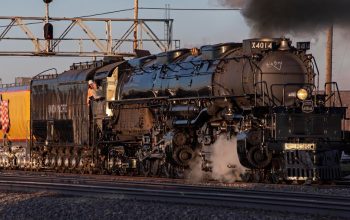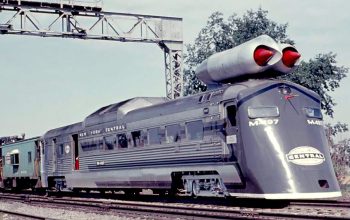The train that revolutionized the railway transport.
Back in the 60s Japan’s economy was rising high, and many people were travelling places. The Shinkansen 0 series are a symbol of the country’s booming economy from that era and also the first high speed trains of the world. These electric units are nicknamed bullet trains due to their round pointed nose and the high speed they could achieve. The first run debuted in October of the year 1964, operating the new and dedicated Tokaido Shinkansen line, connecting the capital of Japan, Tokyo and Osaka. Later in the 70s the line has been expanded to the south-west of the country and and the trains also operated other possible routes.
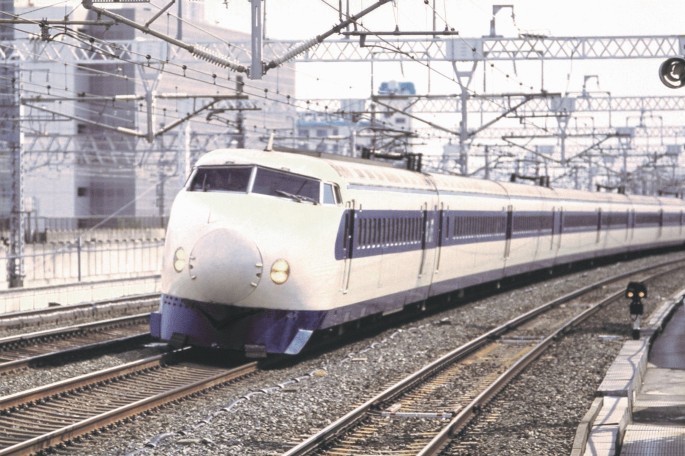
But before the grand opening and use of these high speed trains, two prototype units were build in 1962 named Class 1000. The size were 25m long and 3,38m wide running on standard gauge rails (1,435 mm) and being powered by a 25 kV AC, 60 Hz overhead catenary electric system. In order to run at high speeds, a test track has been made between Odawara and Ayase. The first run from 27 October 1962 registered a top speed of 190 km/h. Later on 31 October 1962 one of the trains recorded 200 km/h, then 210 km/h on 20 December 1962. On 19 March 1963 the speed raised up again to 243 km/h, and later on 30 March of the same year the last test run registered a world speed record of 256 km/h at that time.
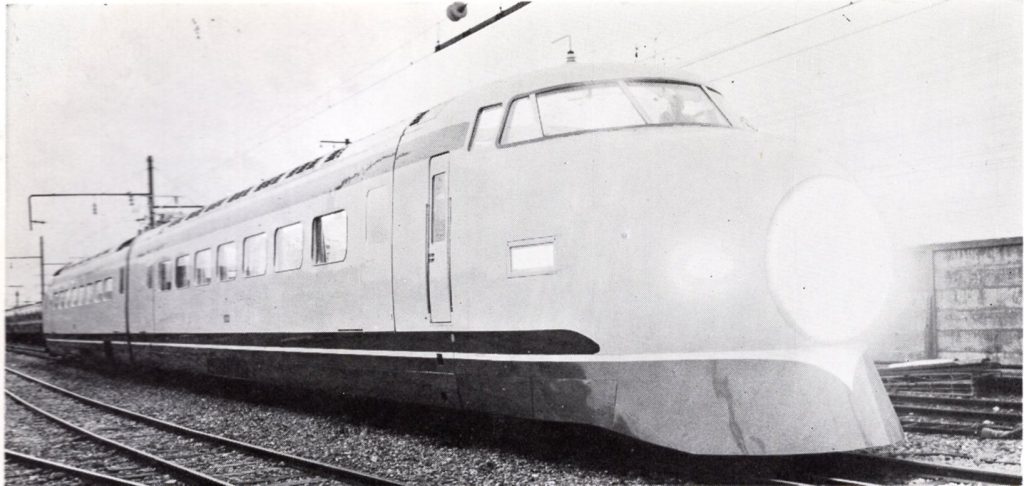
Many factories contributed to the manufacturing of the bullet trains such as Kawasaky Sharyo, Nippon Sharyo, Hitachi and others. A total number of 3.216 units (201 sets) were built between 1964 and 1986, 12-car sets at the begining later being expanded as 16-car sets and even short versions with 4, 6 and 8-car sets holding between 368 and 1.340 passengers. The material used it’s steel, the end cars are 25,150m long and the intermediate cars are 25m long (150mm shorter than the end cars). The width it’s 3,383m and height 4,49m.
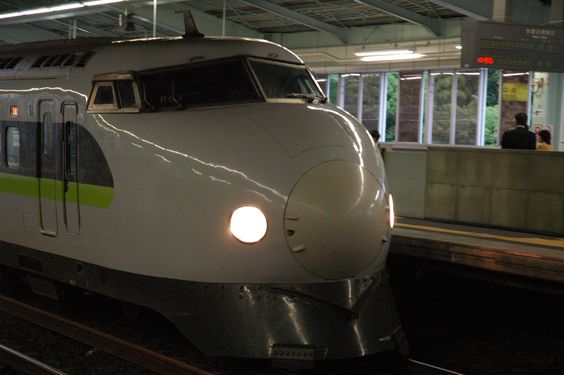
The Shinkansen 0 series trains are of course powered by an electric system, their PS 200 pantographs collecting 25 kV, AC power at 60 Hz catenary. Each brushed DC motors had a power of 185 kW (248 HP) and the total horsepower output of one 16-car train it’s 11.840 kW (15.880 HP). As for transmission, the bullet train contains a secondary-side tap changer drive. It’s acceleration is 1 km/(h.s) from 1964 to 1992 and from 1992 to 2008 the acceleration was improved by 1,2 km/(h.s). The deceleration of the train it’s of 2,84 km/(h.s).
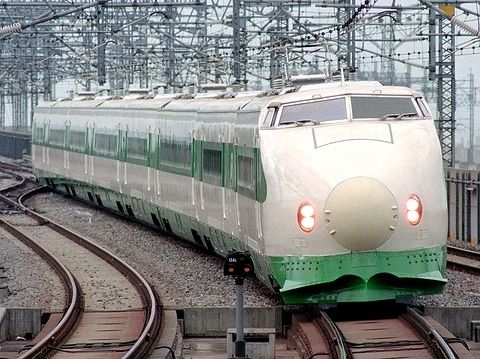
For the safety part, the 0 series are equipped with something called ATC-1 (Automatic Train Control). This ATC it’s a protection system that involves a speed control mechanism in response to external inputs. If the driver does not react to a signal at danger an emergency brake applies. This ATC it’s integrated in various cabin signalling technology. The Japanese developed the ATC-1 specially for the Shinkansens, using speed limits of 0, 30, 70, 110, 160 and 210 km/h, later being increased to 0, 30, 70, 120, 170, 220, 230, 255, 270, 275, 285 and 300 km/h.
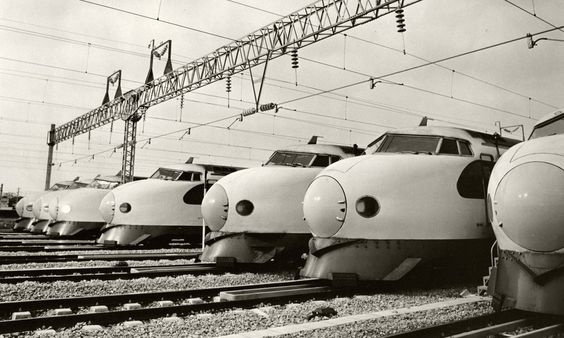
Three liveries were used for the Shinkansen 0 series. First the blue stripe livery, green stripe livery and then the gray and light green stripes livery known as “fresh green”, a livery that was shared with the successor bullet trains the Shinkansen 100 series. After 44 years of service the last Shinkansen 0 series operating the Hakata-Minami line has been retired on 14 December of 2008. From the 3.216 cars built, 27 of them remained preserved as monuments or museum trains. One of the leading car identified as 22-141 has been donated by the JR-West (West Japan Railway Company) to the National Railway Museum of York, United Kingdom, in the year of 2001.


